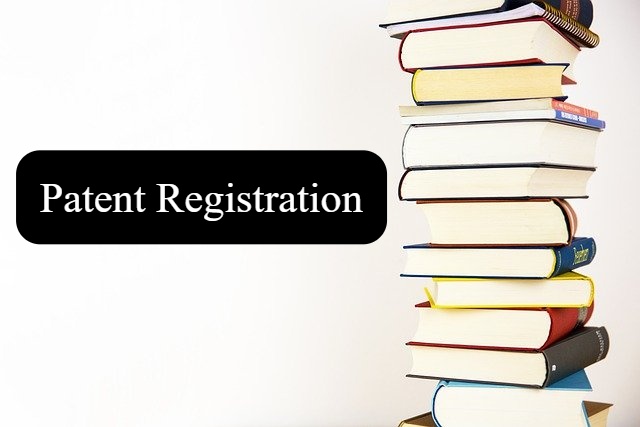
Patent Registration
Patent registration can be obtained in India for an invention. A patent is a right allowed to an individual or enterprise by the government that disallows others from making, using, selling, or importing the patented product or process without the prior approval or consent of the owner.
Patent filing is the first step an inventor initiates to protect his or her invention from being misused. Patent filing in India is a wearisome process, quickly with proper guidance and support.
Before a patent registration is obtained, a thorough out check is done on whether the product is innovative or novel and industrially applicable. An individual can search the intellectual property regulator of India's database to check if there is an object or invention that is the same or similar to the applicant's invention.
However, patent registrations are not applicable for all inventions, and the invention should satisfy specific criteria to obtain a patent in India.
